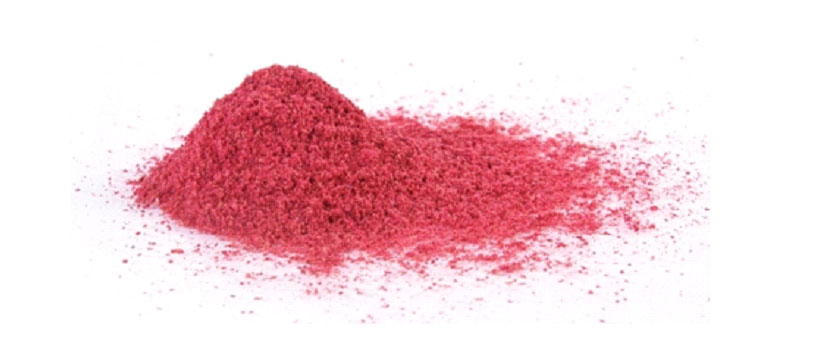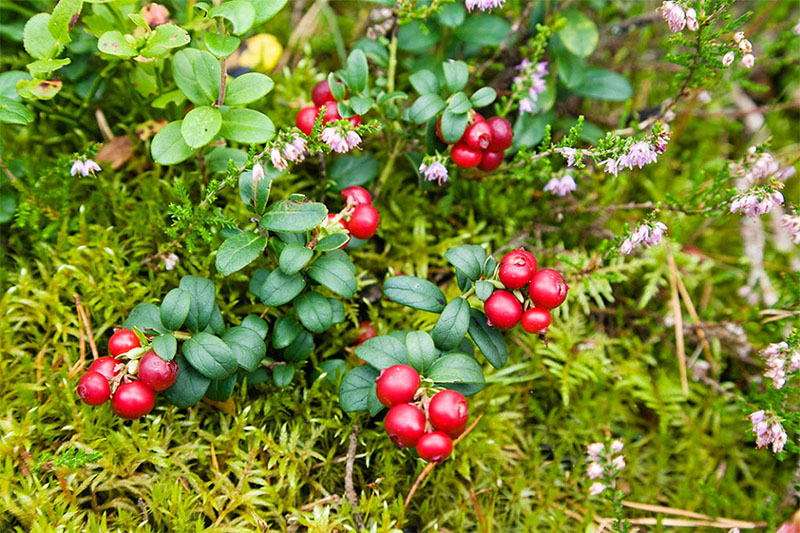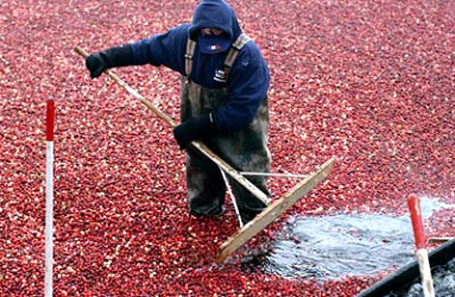12 Years Manufacturer Cranberry Extract Supply to Luxembourg
12 Years Manufacturer Cranberry Extract Supply to Luxembourg Detail:
[Latin Name] Vaccimium Macrocarpon L
[Plant Source] North America
[Specifications] 3% – 50% PACs.
[Test method] Beta-smith, DMAC, HPLC
[Appearance] Red fine powder
[Plant Part Used] Cranberry fruits
[Particle size] 80 Mesh
[Loss on drying] ≤5.0%
[Heavy Metal] ≤10PPM
[Pesticide residue] EC396-2005, USP 34, EP 8.0, FDA
[Storage] Store in cool & dry area, keep away from the direct light and heat.
[Shelf life] 24 Months
[Package] Packed in paper-drums and two plastic-bags inside.
[Gereral feature]
1. 100% extract from Cranberry fruit, passed ID test from the 3rd part like ChromaDex. Alkemist Lab;
2. Pesticide residue: EC396-2005, USP 34, EP 8.0, FDA;
3. The standard of the heavy mental is strictly according to the pharmacopoeia like USP, EP, CP;
4.Our company import the raw material directly from Canada and America;

5. Good water solubility, the price is reasonable
[What is cranberry]
Cranberries are a group of evergreen dwarf shrubs or trailing vines in the subgenus Oxycoccus of the genus Vaccinium. In Britain, cranberry may refer to the native species Vaccinium oxycoccos,while in North America, cranberry may refer to Vaccinium macrocarpon. Vaccinium oxycoccos is cultivated in central and northern Europe, while Vaccinium macrocarpon is cultivated throughout the northern United States, Canada and Chile. In some methods of classification, Oxycoccus is regarded as a genus in its own right.They can be found in acidic bogs throughout the cooler regions of the northern hemisphere.
Cranberries are low, creeping shrubs or vines up to 2 metres long and 5 to 20 centimetres in height; they have slender, wiry stems that are not thickly woody and have small evergreen leaves. The flowers are dark pink, with very distinct reflexed petals, leaving the style and stamens fully exposed and pointing forward. They are pollinated by bees. The fruit is a berry that is larger than the leaves of the plant; it is initially light green, turning red when ripe. It is edible, with an acidic taste that can overwhelm its sweetness.
Cranberries are a major commercial crop in certain American states and Canadian provinces. Most cranberries are processed into products such as juice, sauce, jam, and sweetened dried cranberries, with the remainder sold fresh to consumers. Cranberry sauce is a traditional accompaniment to turkey at Christmas dinner in the United Kingdom and Thanksgiving dinners in the United States and Canada.
[Function]
UTI protection, Prevent and treat urinary tract infections
Guard against cardiovascular diseases
Eliminate eye fatigue, curing eye diseases
Anti- aging
Cancer risk reduction
Product detail pictures:

Related Product Guide:
It adheres for the tenet "Honest, industrious, enterprising, innovative" to develop new products and solutions continuously. It regards shoppers, success as its individual success. Let us produce prosperous future hand in hand for 12 Years Manufacturer Cranberry Extract Supply to Luxembourg , The product will supply to all over the world, such as: Sierra Leone, Croatia, Nepal, Certainly, competitive price, suitable package and timely delivery will be assured as per customers' demands. We sincerely hope to build business relationship with you on the basis of mutual benefit and profit in the very near future. Warmly welcome to contact us and become our direct cooperators.
Full Description of How to make Carrot juice,
you can find more details recipes at my website https://www.siriplaza.com
And Subcribe Via Below For More Indian Andhra Telugu Recipes Latest Updates
Facebook: https://www.facebook.com/siriplazacom
Youtube: https://www.youtube.com/channel/UCv4kOvUTFSWJy506j2FlJuA?sub_confirmation=1
Twitter: https://www.twitter.com/siriplazacom
Google +: https://plus.google.com/+Siriplaza
Pintarest: https://www.pinterest.com/siriplaza/
Thank You For Watching….If have any Questions please write below comment box, we will reply back within 48 hrs
So after 6 weeks off, the show returns. However years out of date coffee was considered not enough, so it was decided some fruit juice should be added too! In this instance, Cranberry Juice! What followed?? Well not a lot of interest really. Let’s just call it a gentle step back into the swing of things till we think of worse things for him!!!!
We have been cooperated with this company for many years, the company always ensure timely delivery ,good quality and correct number, we are good partners.






